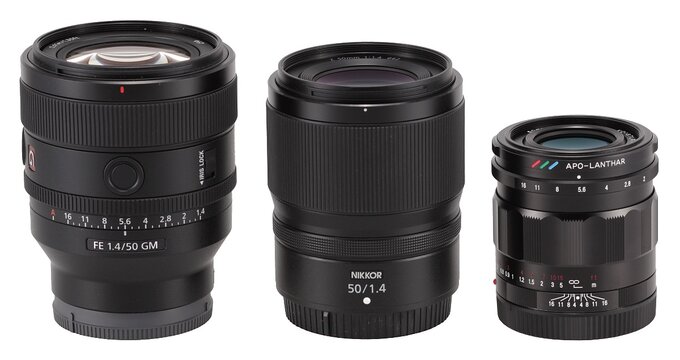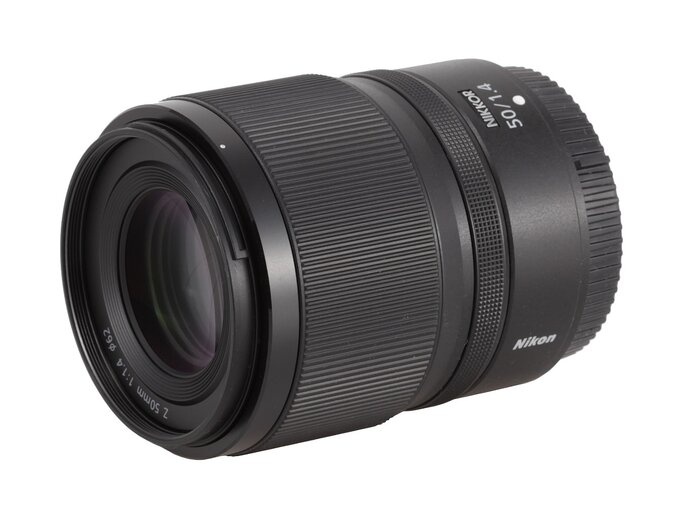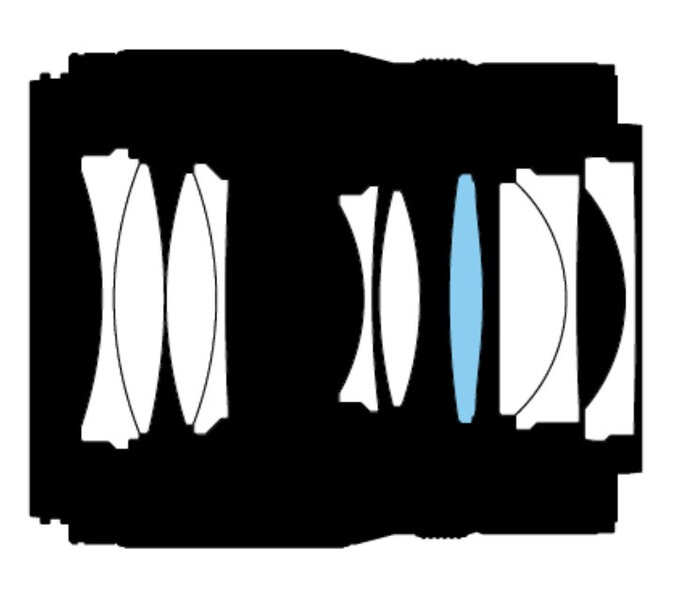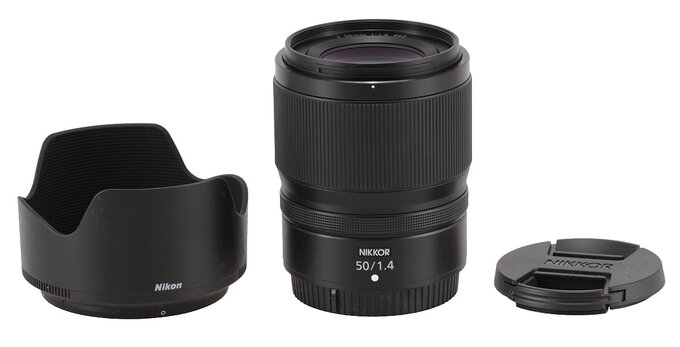Nikon Nikkor Z 50 mm f/1.4
3. Build quality
As you see, the new model is noticeable bigger and heavier that any double gauss construction for reflex cameras. At the same time it is a very strong rival of Nikon Z version models. It is noticeably smaller and ligher than the faster Nikkor Z 50 mm f/1.2 S. What's interesting, it is also a tad smaller than the f/1.8 model even though it weighs practically the same.
Let's have a look at this comparison to other f/1.4 standard lenses offered for contemporary mirrorless cameras with full frame sensors.
Please Support UsIf you enjoy our reviews and articles, and you want us to continue our work please, support our website by donating through PayPal. The funds are going to be used for paying our editorial team, renting servers, and equipping our testing studio; only that way we will be able to continue providing you interesting content for free. |
- - - - - - - - - - - - - - - - - - - - - - - - - - - - - - - - - - - - - - - - - - - - - - - -
If you focus just on lenses from renowned producers with autofocus the Nikkor Z 1.4/50 is here definitely the smallest and, along with the Samyang model, the lightest one. What's more, it allows you to use filters with the smallest diameter and offers you the shortest minimum focusing distance at the same time. These two features are serious assets.
In the photo below the Nikkor Z 50 mm f/1.4 is positioned between the Sony FE 50 mm f/1.4 GM and the Voigtlander Apo -Lanthar 2/50. The difference in size is especially conspicuous when you look at the rival Sony model and the Nikkor next to it.
 |
 |
The proper body of the lens starts with a ring made of plastics that doesn't move; it features a white dot to make the alignment with a camera easier, an inscription with the name and parameters of the lens, the logo of the producer. Its lower part features a string of darker, matt inscriptions, stating the serial number of the device, information that it was made in China, and its focusing range ∞ - 0.37m/1.22ft..
 |
Then you get just another part of the barrel, also narrow but not moving this time. On this part you find a much wider, ribbed manual focusing ring, as wide as 36 mm. It is a focus-by-wire device so you won't see here any distance or depth-of-field scale. You have to rely on a simplified scale that appears on the display of the camera.
The ring moves smoothly and is properly damped. Its focus throw amounts to about 220 degrees and doesn't depend on the speed of your turning. It is a significant value, allowing you very precise settings.
 |
 |
 |
Buyers get in the set: a front cap (LC-62B), a rear cap (LF-N1) and a petal-type hood (HB-115).
 |






